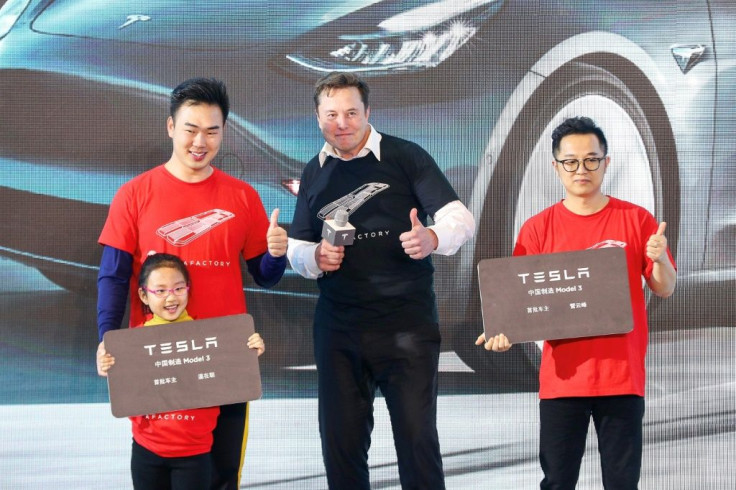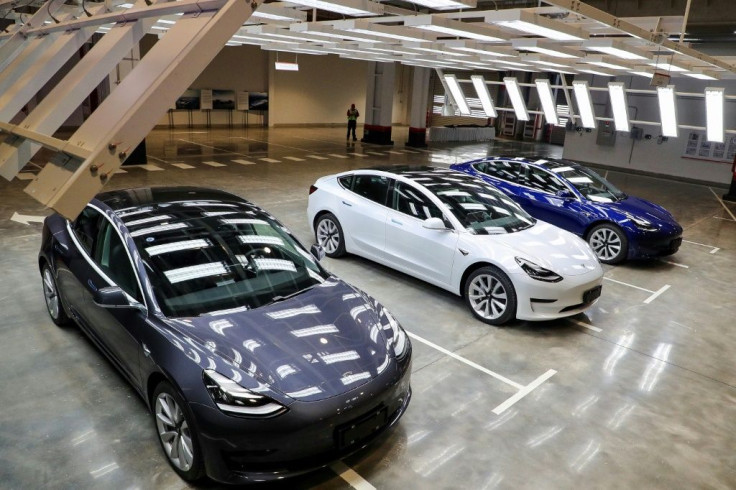Fatal Tesla Crash: Should Users Worry As Autopilot Error May Take Blame?

KEY POINTS
- Investigation shows Tesla electric car was on Autopilot for 18 minutes prior to fatal crash
- There was evidence Huang’s hands weren't on wheel despite visual and auditory alerts
- Tesla remotely disabled the Autopilot feature in a car that was bought from the used car dealer
An error in the Autopilot driver-assistance system may have caused the crash of a Tesla electric car in March 2018 that killed 38-year-old Apple employee Walter Huang, investigators say. A report of the National Transportation Safety Board (NTSB) that went public Tuesday said the car had shown errors with its Autopilot steering away from the highway in earlier trips.
The issue could worry Tesla owners who tend to engage the Autopilot system often. The NTSB is planning a hearing on Feb. 25 to determine the probable cause of the accident.

Stocks of Elon Musk-owned Tesla (TSLA) have been on a rollercoaster ride over the past several weeks, although the latest report did not seem to have much impact. The New York Times reported that the electric-car manufacturer’s shares closed at $887 Tuesday, from $650 just two trading days earlier. Apart from the recent gain of 36%, the share price more than doubled since the beginning of the year. The extended closure of Tesla’s China facilities due to the novel coronavirus outbreak or the new NTSB report seems to have had no impact on the stock’s price.
Problems reported
Huang’s Tesla Model X was traveling at about 70 mph when it crashed into a safety barrier in Moutain View, California when it hit a safety barrier, reports say. The investigation found that Huang had reported issues about the Autopilot that steered the wheel toward an area between a highway ramp and the lane. Driving on the area known as the “gore area” is a moving violation.
Vehicle data showed that in prior trips Huang took corrective action after Autopilot had steered toward the area. During the final six seconds of the fatal crash, the NTSB report said, Huang’s hands were not on the steering wheel, a report in Fox Business said. Neither was there any evidence of braking nor attempt at evasive action.

The report said the driver may have been using a smartphone during the trip.
The Autopilot feature of Tesla allows drivers to take their hands off the wheel for extended periods, although the company advises drivers to keep their hands on the wheel and be alert to the vehicle’s direction.
The probe showed that the vehicle was on the Autopilot for 18 minutes before the crash and the safety system did flash two visual alerts and one auditory alert after detecting that his hands were off the wheel for extended periods. The software engineer of Apple was using a company-owned iPhone during his trip and the device was apparently in use during those last minutes. Device logs showed a word-building game application 'Three Kingdoms' was active during the time.
Third crash
The NTSB has been critical of Tesla’s Autopilot driver assistance system after a 2016 fatal crash in Florida. While the Autopilot allows the driver to take the hands off the steering wheel for extended periods of time, the Enhanced Autopilot allows a driver to remotely summon the vehicle, for example- from a parking area. Meanwhile, the Full Self Driving feature of Tesla allows the vehicle to drive to a designated destination without the driver’s intervention. On Saturday, International Business Times reported a case of the carmaker remotely turning off the Autopilot feature after a new owner bought the car from a used car dealer. According to the carmaker, the feature would be available again as an upgrade that the new user would have to pay for.
Another probe report that the NTSB released on a third Tesla Autopilot fatal crash in March 2019 in Delray Beach, Florida, also showed no evidence that the driver’s hands were the wheel in the final eight seconds, the report said. The Tesla Model 3 driver failed to react before the car hit a semi-truck.
© Copyright IBTimes 2025. All rights reserved.





















